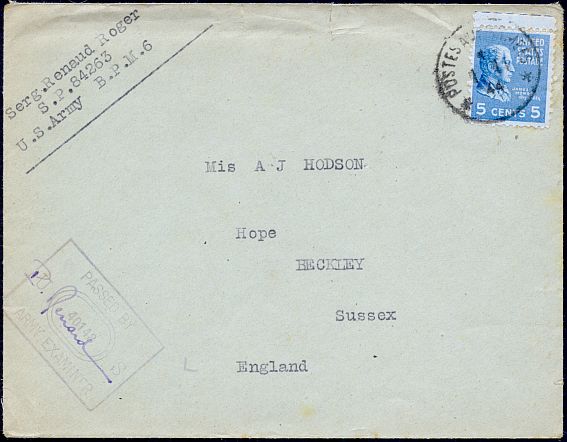
The Five-cent Prexie
International surface letter use
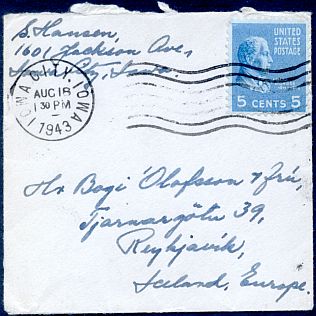
The international surface letter rate to UPU countries was five cents from October 1, 1907 until November 1, 1953.
A very small envelope sent to Iceland in 1943. There is no indication of censorship.
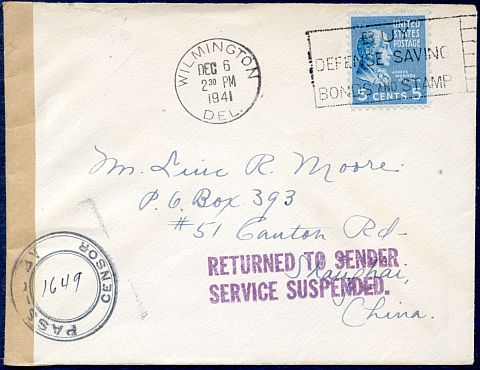
A Christmas card mailed to China on the last day before the United States entered World War II. It was not delivered.

This letter ran into all manner of problems. Addressed to Tibet, it apparently was missent to Utah. From there it was sent on and appears to have reached Gyantse, Tibet, where it was turned back due to "No convention of exchange of mail between India and Tibet. No agents at Gyantse..." It was then sent to the dead letter office at Calcutta and forwarded to the dead letter office at Bombay. Seven months after it was mailed it was back in New York, on its way to Colorado Springs.
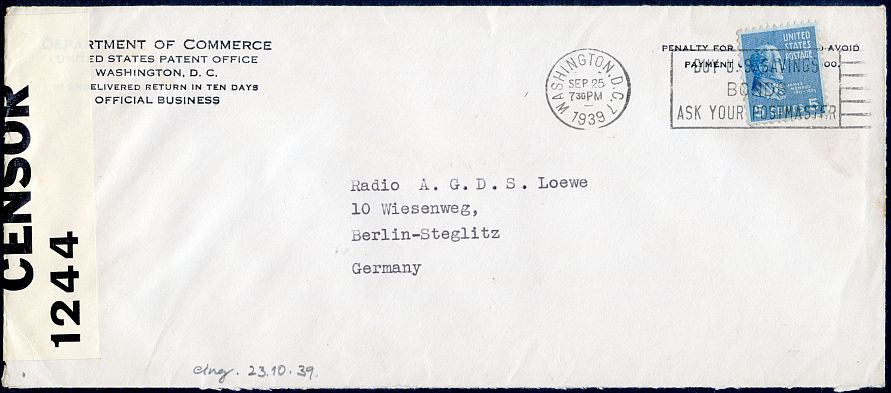
International postage was not included in the government free franking privilege, so this 1939 letter to Germany was sent using a five-cent Prexie.
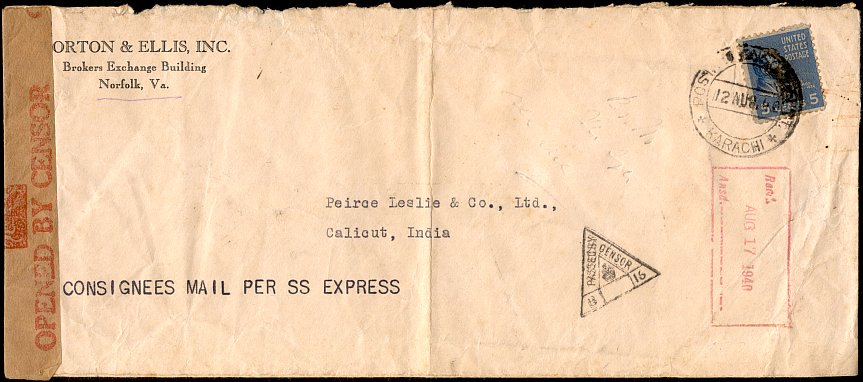
This letter was sent outside the mails until it reached Karachi, which was still part of India in 1940. Consignment mail required the same postage as if it had been carried all the way through the postal system.
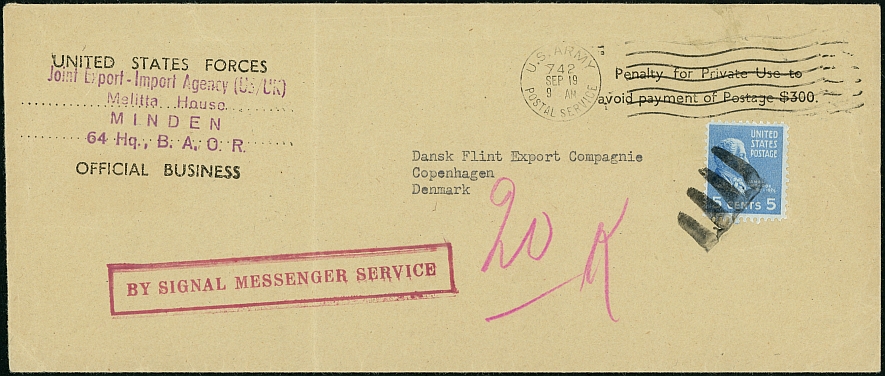
A penalty letter that went by messenger service to Denmark. It required postage if it were to enter the mails at any point, and since it was sent outside the United States the penalty clause could not serve as such.
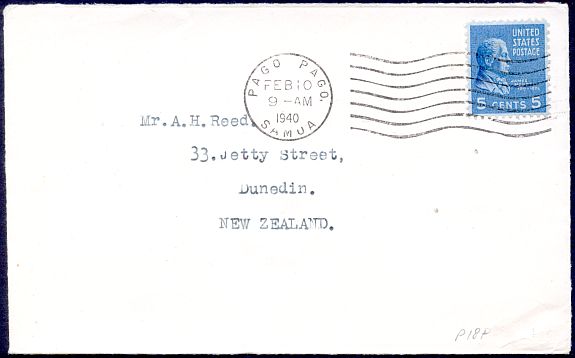
A letter from Pago Pago, Samoa to Dunedin, New Zealand sent in 1940. Territories and possessions used the same rates as the United States for international surface mail.
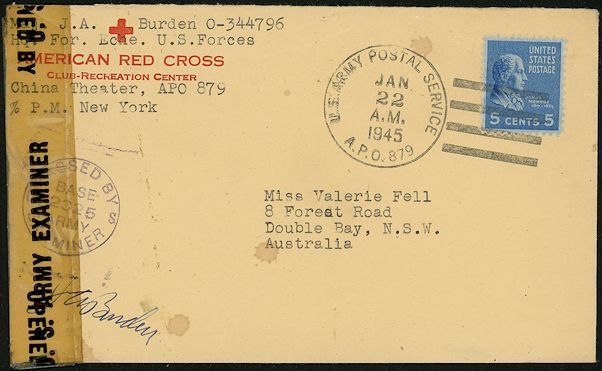
Mail could be sent through an APO at the same postage as if the sender were in the United States. This letter was sent to Australia by someone at APO 879, Headquarters for the U.S. Forces in China, in 1945.
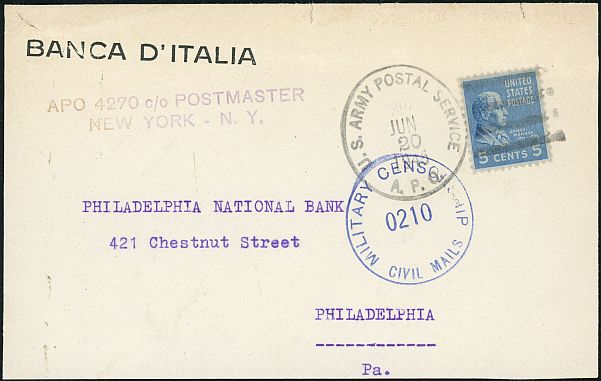
This cover was sent through an APO in Italy, but used the foreign surface rate to the United States. Evidently the sender was not in the military, and was not allowed the military free postage rate, perhaps since the communication was business-related. It was given "military censorship of civilian mails" in June of 1945.
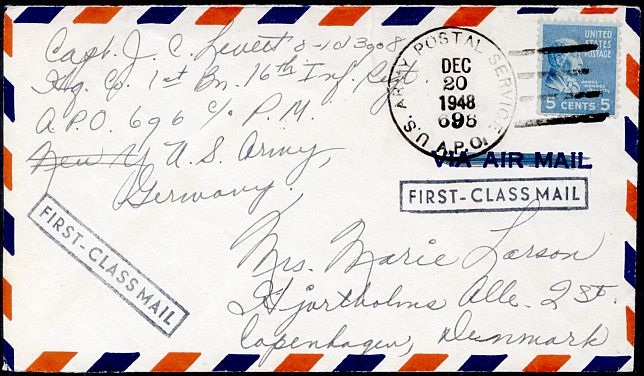
The sender of this letter was stationed in Germany in 1948, and must have been accustomed to sending air mail back to the States for five cents. This was not valid for air postage to Denmark, but coincidentally it was the correct surface rate, so the letter was sent on by regular first class mail.
